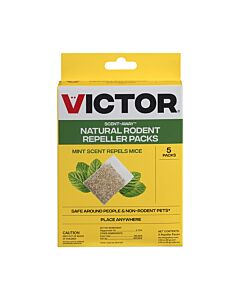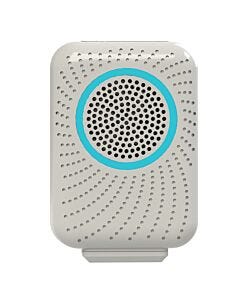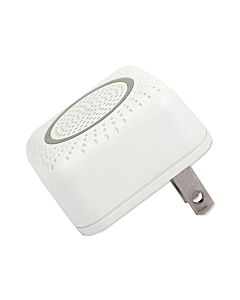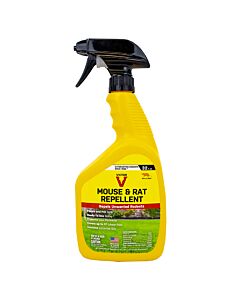
Catching a rat does not need to be an extreme undertaking that leaves you wondering if you will ever rid yourself of these pests. DIY pest control is all about working smart by using simple but safe and effective strategies. Discovering a rat in your home can be alarming and stressful. They not only cause damage to homes but carry diseases that can seriously harm you and your family.
We’ve got decades of experience to help you discover the secrets to rat control, and we know how hard it can be to start the process. Here are four questions you should ask yourself before you try to catch a rat.
1. Where Do You Live?
Your location in the United States determines which type of rat you’re most likely dealing with and as a result your treatment plan. Brown rats, also known as <Norway rats typically are not found along coastlines except in New England and are commonly found in the mid-West, South-West, and the West. Black rats, also known as Roof rats are most often found along coastlines. Use the map above to help determine which type of rat you might be dealing with.
Both species of rats have different diets. While the black rats are herbivores, brown rats have a more varied diet and are omnivorous. Knowing the species of rat plaguing your residence gives you an advantage when you eventually choose bait for your trap.

2. Where Do You See Signs of Activity?
What better place to put a trap than where you see the most signs of the invading critter? When rats take up residence in your house, there are usually telltale signs of their existence. Do you hear scurrying in the attic or walls? Have you found droppings in your basement? What about gnaw marks near or on food storage containers?
Tune in to a rat’s behavior, so you can set your traps effectively and get rid of your problem sooner rather than later. Don’t forget to check those hard to reach spaces where they might be hiding.
3. How Are the Rats Getting Inside?
By now you’ve noticed the presence of rats, but how in the world are they getting into your house? Roof and Norway rats have different ways of getting into houses and are equally destructive. Roof rats prefer to find shelter in attics, rooftops, and crawl spaces above ground. Norway rats live at ground level and tend to burrow into homes and yards.
If you trap rats and never plug their entryway, they will continue to invade time and again. Look for damage that relates to the species of rat you have. Roof rats will chew through walls, insulation, pipes, and wires. Start near the top of your house and trace the damage back to their entry point so you can plug the hole to keep other rats from getting in.
Norway rats leave behind damage to foundations, sidewalks, other structures, and patios. Begin by looking in your basement or ground floor along walls to find where they burrowed into your home.
4. What Can You Do To Create an Undesirable Environment for Rats?
No one wants to live in a home that is the perfect habitat for rats. Luckily, there are tons of ways to rodent-proof your home and prevent rats before they become a problem.
- Remove Food Sources -- Seal your food in airtight containers and make sure there are no open or flimsy boxes that rats could chew through.
- Seal Your Home -- Find any cracks or crevices that rats or other pests could squeeze through and seal them.
- Clean Regularly -- Nothing attracts pests more than leftover food. Clean all areas that will frequently have food. Keep your prep, eating, and storage space crumb-free
- Repellents -- Repellents are an effective method to keep rats away before they make themselves at home.
Have Questions or Great Stories About Rat Trapping?
Have you battled a mouse or rat infestation lately? Share your stories on our Facebook page. If you love exclusive offers and staying up to date on our products, don’t miss out on our e-newsletter! While you’re here, browse our website to learn more about rodent control and how to choose the best Victor® rat control options for your home.








